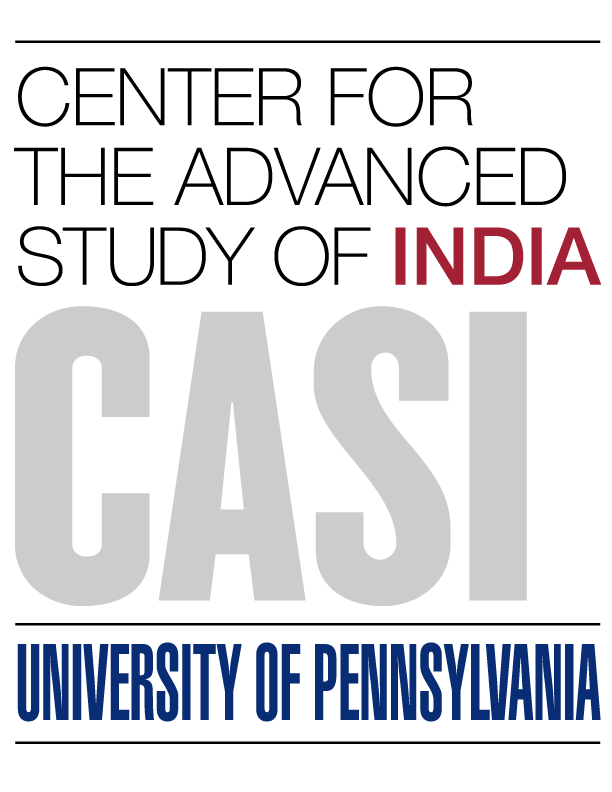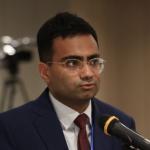Solving India’s “Severe Plus” Pollution Crisis: License Raj vs. Regulatory Innovation

Air pollution has become as much a part of North Indian winters as weddings and festivals. The average levels of particulate air pollution over November 2024 in India’s capital city of Delhi crossed 250 µg/m³, a number so high as to be almost uninformative. The WHO standard for safe air is set at 5 µg/m³, and India’s own air quality standard sits at 40 µg/m³.







